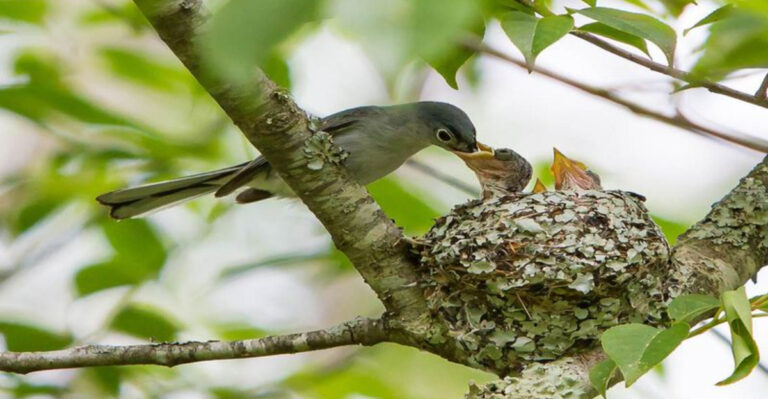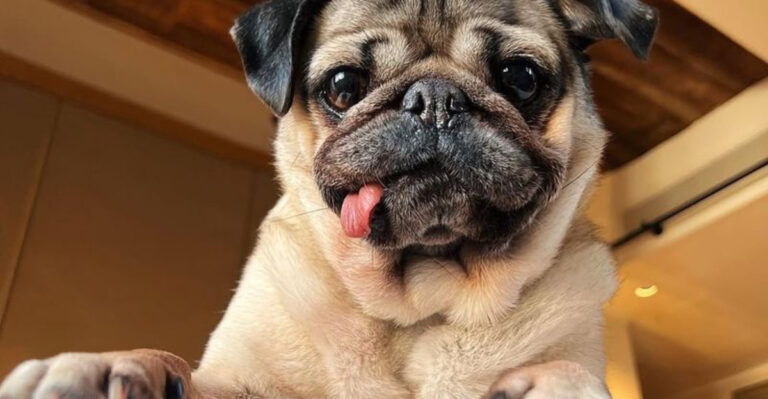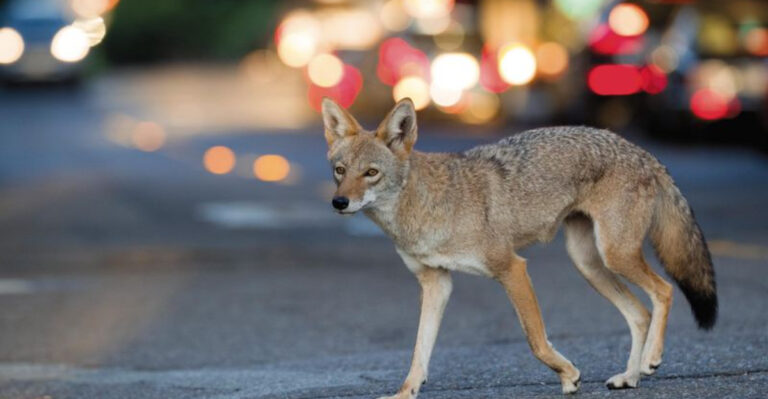14 Wild Species That Disappeared Due To Captivity
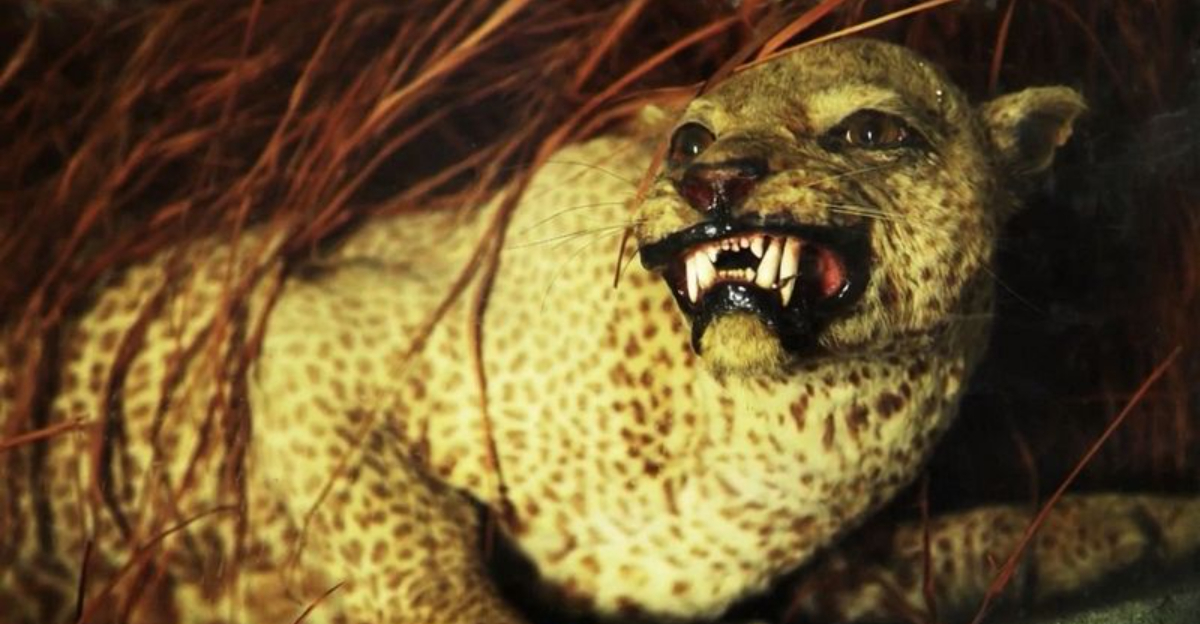
When wild creatures are taken from their natural homes and placed in zoos, aquariums, or private collections, sometimes they don’t survive as a species. People captured these animals thinking they could keep them alive forever, but instead, they vanished completely.
Here’s a look at some amazing creatures that are now gone forever because humans couldn’t recreate what nature provided them.
1. Paradise Parrot’s Final Flight

Imagine a bird so colorful it looked like a flying rainbow! Australia’s spectacular parrot couldn’t adapt to life in cages. The few captured specimens quickly perished from stress and improper diet.
The last confirmed sighting was in 1927, making it the only Australian parrot to go extinct in modern times. Collectors’ desire for these beautiful birds contributed significantly to their disappearance.
2. Thylacine’s Lonely Goodbye

Behind bars, the last Tasmanian tiger passed away from exposure in 1936 when accidentally locked out of its shelter on a cold night. This striped marsupial carnivore was already rare when the final specimens were captured.
Zookeepers knew little about their needs, and the stress of confinement prevented successful breeding. The species vanished while in human care, with black and white footage being our only moving record.
3. Quagga’s Stripe Mystery
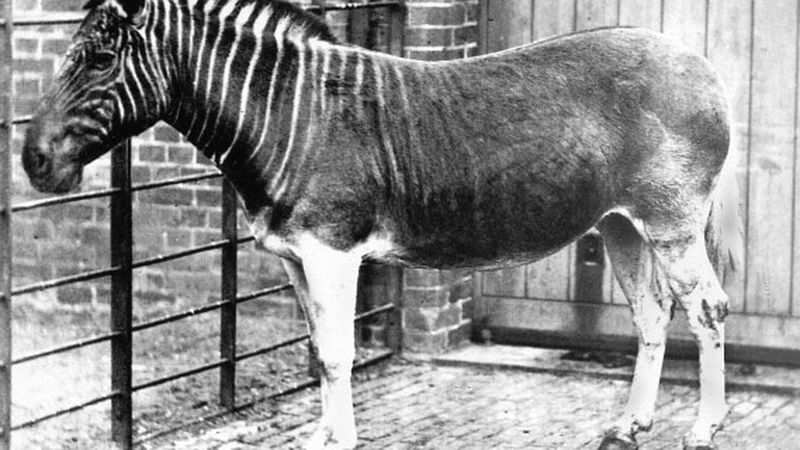
Half zebra, half horse – or so it seemed! The quagga’s unusual pattern of stripes only on its front half made it a curiosity in European zoos. The last one passed away in Amsterdam in 1883.
Nobody realized it was the final member of its kind until it was too late. Hunters had already eliminated wild populations in South Africa, while captive breeding was never seriously attempted. This partially striped equine remains an icon of extinction.
4. Caribbean Monk Seal’s Last Breath

Gentle sea puppies of the Caribbean waves couldn’t survive in tanks. Captured for display and research in the early 1900s, these playful seals quickly deteriorated in artificial environments.
Their specialized diet and need for vast oceanic territories couldn’t be replicated. The last confirmed sighting was in 1952, making them the only seal species to vanish in recent history. Their disappearance left Caribbean coral reefs forever changed.
5. Passenger Pigeon’s Crowded Demise

From billions to zero – the most abundant bird in North America vanished despite captive breeding attempts. Martha, the last passenger pigeon, passed away alone in Cincinnati Zoo in 1914.
These social birds needed massive flocks to trigger breeding behavior. In small captive groups, they simply stopped reproducing. Stress from confinement and improper diet accelerated their decline, turning what should have been a conservation success into a heartbreaking failure.
6. Carolina Parakeet’s Colorful End

Splashes of tropical color once brightened eastern American forests! The last Carolina parakeet, named Incas, passed away in Cincinnati Zoo in 1918 – in the same cage where the last passenger pigeon had died four years earlier.
Attempts to breed these social birds in captivity failed completely. They suffered from loneliness and specialized dietary needs that zookeepers couldn’t satisfy. America’s only native parrot species faded into memory without leaving any descendants.
7. Pyrenean Ibex’s Mountain Tragedy

Talk about bad luck! The last wild Pyrenean ibex, named Celia, was captured for a breeding program in 2000. Unfortunately, she passed away shortly after from the stress of being captured and confined.
Scientists later tried to clone her, successfully creating the first de-extinct species in 2009. However, the cloned kid only survived for seven minutes due to lung defects. This Spanish mountain goat subspecies became extinct twice – once naturally and once after its resurrection.
8. Toolache Wallaby’s Graceful Goodbye

Too beautiful for their own good! These elegant Australian wallabies were prized for their exceptionally soft fur and graceful movements. The last captive specimens passed away in the 1920s from stress-related diseases.
Considered the most elegant of all wallabies, they were captured for private collections and zoos. Their specialized diet and sensitivity to confinement made them impossible to maintain. Not a single museum has a complete specimen today.
9. Barbary Lion’s Royal Extinction

Kings of North Africa with magnificent black manes once graced royal menageries across Europe and Morocco. The last known Barbary lion passed away in Morocco’s royal collection in the 1940s.
These majestic cats were kept as status symbols by kings and emperors for centuries. Despite their popularity in captivity, proper breeding programs were never established. Their genes may live on in some zoo lions, but the pure subspecies is gone forever.
10. Golden Toad’s Terrarium Tragedy

Neon orange jewels of the Costa Rican cloud forest! When these vibrant amphibians started disappearing in the 1980s, scientists brought the last ones into terrariums for protection.
Despite careful attention to temperature and humidity, they couldn’t reproduce in captivity. The artificial environment lacked essential microorganisms and breeding triggers. By 1989, they were declared extinct, becoming a striking symbol of the global amphibian crisis.
11. Zanzibar Leopard’s Island Farewell
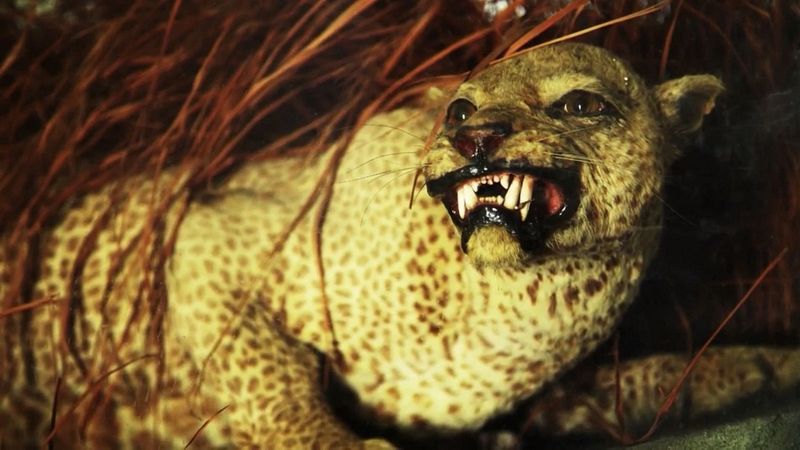
Feared as shape-shifters and witch’s pets, these island big cats were actively persecuted. The last confirmed specimens were captured for a rehabilitation program in the 1970s but quickly perished in captivity.
Their specialized island adaptations and diet couldn’t be replicated in cages. Although occasional unconfirmed sightings persist, scientists believe this unique leopard subspecies disappeared under human care. Their mysterious reputation continues in local folklore.
12. Desert Rat-Kangaroo’s Sandy Demise

Hopping through Australia’s central deserts, these adorable marsupials vanished after the last specimens were captured for study. The final known individual passed away in captivity in 1935 despite careful attempts to recreate its habitat.
These unique creatures needed specialized desert plants and particular soil conditions impossible to replicate in captivity. Their digestive systems simply couldn’t adapt to artificial diets. This little-known species disappeared before scientists could fully understand it.
13. Schomburgk’s Deer’s Royal Mistake

From swampy Thai forests to royal menageries – this elegant deer’s journey ended in tragedy. The last known specimens lived in the Thai king’s private collection, where they passed away without reproducing during the chaos of World War I.
Their specialized wetland diet and breeding needs couldn’t be met in royal gardens. By the time conservationists realized their importance, it was too late. A single mounted specimen in Paris remains as testament to this lost species.
14. Kaua’i ‘O’o’s Silenced Song

Imagine a bird singing for a mate that will never come! The last Kaua’i ‘O’o, a male, was captured briefly for recording in the 1980s before being released back to the wild.
Earlier attempts to establish captive populations failed completely. These Hawaiian honeycreepers required specialized native flowers and couldn’t survive on artificial nectar. Their haunting recorded calls remain, but the species vanished by 1987, another victim of Hawaii’s extinction crisis.

